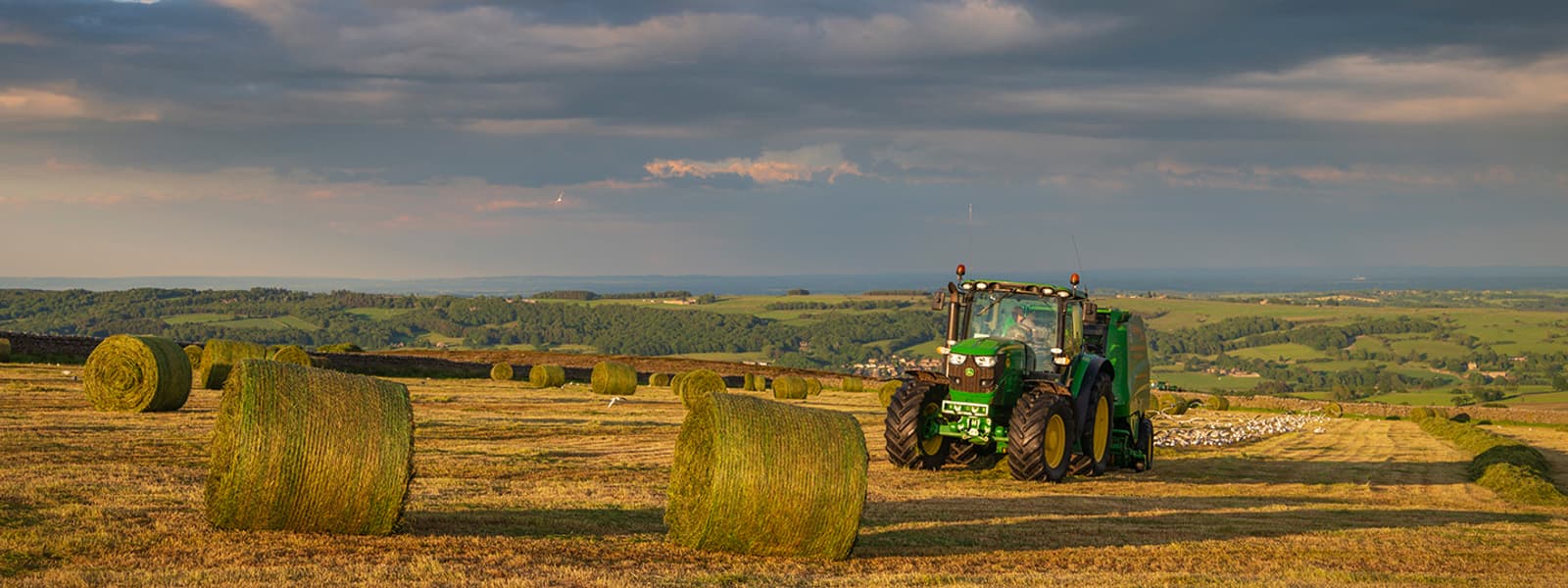Nidderdale National Landscape
Nidderdale National Landscape was designated in 1994 and covers an area of 233 square miles in the heart of North Yorkshire. Located on the eastern flanks of the Yorkshire Pennines it stretches from the high moorland of Great Whernside south and east towards the edge of the Vale of York.
The landscape is diverse, full of contrasts and rich in wildlife habitats and species. The scenery to the west is dominated by exhilarating windswept heather moors which turn purple in August, and are nationally and internationally important for wildlife. To the east is a softer, more pastoral landscape where steep river valleys merge into rolling pastoral scenes with a network of dry stone walls, tranquil reservoirs, woodlands and stone built villages. The landscape is interspersed with beautiful historic parks and gardens like Swinton Park, Hackfall, Fishpond Wood and the incredible Fountains Abbey and Studley Royal World Heritage Site.
Farming is a dominant feature of the grassland plateau where you will find areas of flower-rich meadows alongside fields used to produce silage crops. The gritstone geology that underlies the National Landscape’s moorland plateau outcrops in places to form crags that overlook river valleys. Elsewhere gritstone has formed striking weathered tors at Brimham Rocks, which is nationally important for its geological significance. Wherever you are in Nidderdale National Landscape you are also surrounded by a rich and fascinating heritage, which draws on thousands of years of human activity and an industrial past that was dominated by mining, quarrying and textiles.
The development of the water industry in the 19th century has left a legacy of huge and imposing gritstone reservoir dams, spillways, reservoir lodges and aqueducts in an upland setting where numerous field barns, drystone walls and farmsteads combine to form a characteristic scene. Features of the moorland landscape associated with grouse shooting, such as shooting lodges and butts, track ways and stone gateposts are also important components of cultural heritage.





